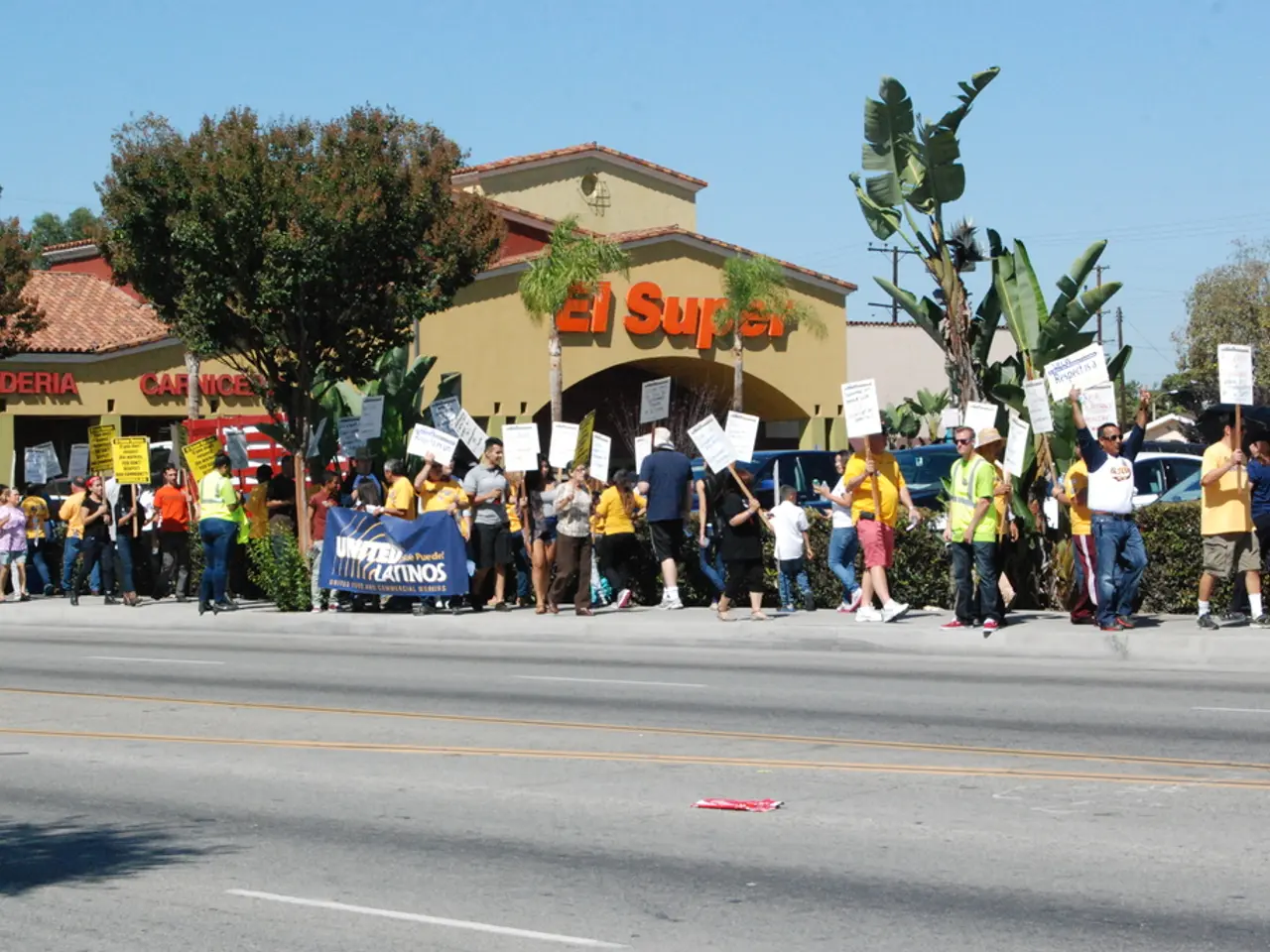Politicians intend to reinforce retirement benefits.
In the aftermath of the 2025 federal election, the German Bundestag is focusing on solutions to address the growing pension gap and the increasing number of retirees. The main proposed solutions revolve around maintaining pension benefit levels, increasing pension contributions, and targeted pension benefits increases.
The federal cabinet, in agreement since August 2025, has decided to extend the pension "holding line" (Haltelinie), ensuring that retirement benefits remain at 48% of net income until 2031. This move aligns with the SPD's key election promise to protect pension levels [1]. To finance this extension, pension contributions will rise from 18.6% to 18.8% of income by 2027, with the increase shared equally between employee and employer [1].
Another significant change involves raising the “mother’s pension” (Mütterrente), increasing benefits for parents (mostly mothers) who had children before 1992 by around 20 euros per month per child, starting January 2027. This adjustment acknowledges the lower social contributions of parents who spent time raising children [1].
Party-specific proposals from the 2025 federal election manifestos reveal a broad consensus, with some differences in approach. The Free Democratic Party (FDP) has proposed pension reform, though details remain scant [3]. The Social Democrats (SPD), part of the governing coalition, support maintaining pension levels and addressing financing challenges through measures possibly including tax increases on higher incomes and estates [1][2].
The Christian Democratic Union/Christian Social Union (CDU/CSU), now the largest parliamentary group, have focused on economic recovery but specific pension reforms were less detailed in the available information [4]. They have, however, defended fiscal discipline, which indirectly affects pension funding capacity.
The ongoing budgetary challenges faced by the government underscore the fiscal constraints on pension policy [1][2][3][4]. The pension issue is a contentious topic in the current German federal election, with parties mindful of the need to avoid alienating either pensioners or contributors in their discussions of old-age provision.
The analysis also highlights differences in the parties' approaches to the pension issue, with some focusing more on the needs of pensioners and others prioritizing the concerns of workers contributing to the pension system. The manifestos offer insights into how political parties envision the future of pensions in the coming years.
According to Statista data, today, only 1.8 contributors support each pensioner, compared to six in the late 1950s. As more people become eligible for pensions and receive them for longer periods, the need for sustainable solutions becomes increasingly urgent.
In summary, the broad Bundestag consensus involves safeguarding pension benefit levels, incrementally raising pension contributions, and improving pension benefits for parents, financed partly through contribution hikes and potentially higher taxes on the wealthy. The FDP supports pension reform but without extensive public detail yet. The ongoing budgetary challenges faced by the government underscore the fiscal constraints on pension policy, making the pension issue a key topic in the current German federal election.
- The German Bundestag, amidst the discussions on addressing the growing pension gap, is considering policy changes that involve both increasing pension contributions and safeguarding insurance policies, such as the extension of the "holding line" to maintain retirement benefits.
- The analysis of the 2025 federal election manifestos revealed that while the Free Democratic Party (FDP) has proposed pension reform, the Social Democrats (SPD) and the Christian Democratic Union/Christian Social Union (CDU/CSU) have shown a broad consensus on preserving pension levels by incrementally raising contributions and potentially increasing taxes on higher incomes, all of which are part of the general news discussion.






